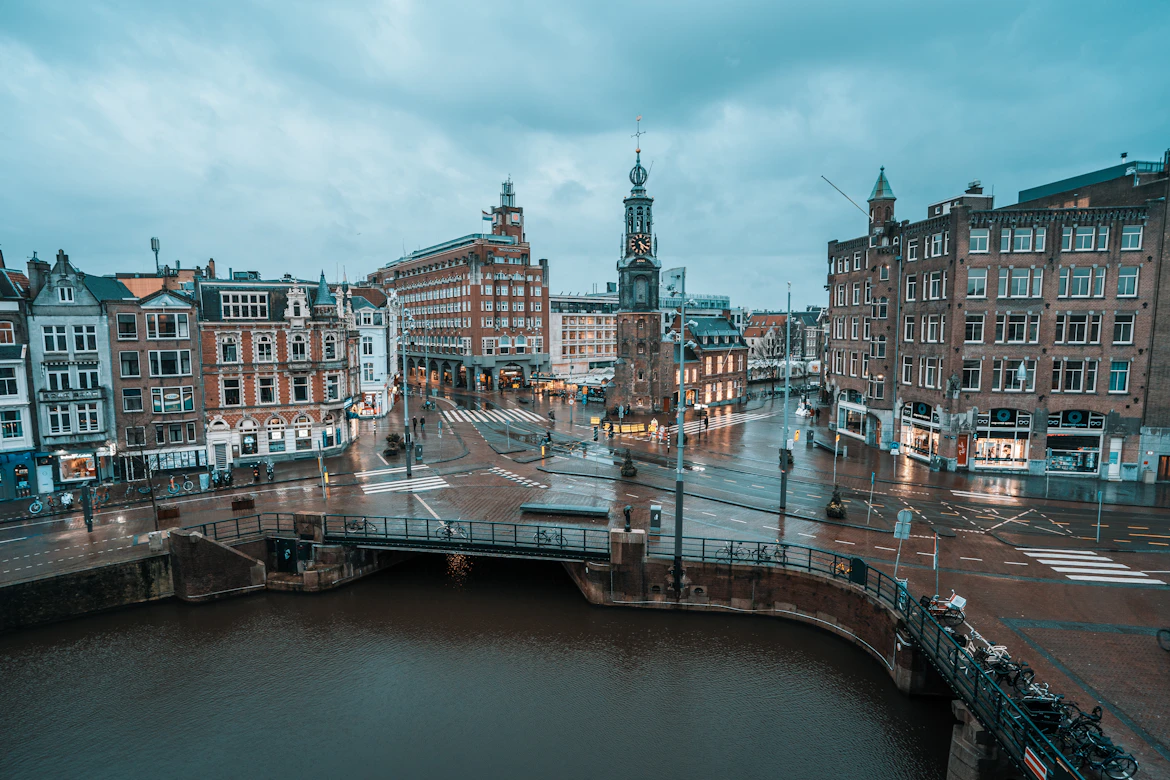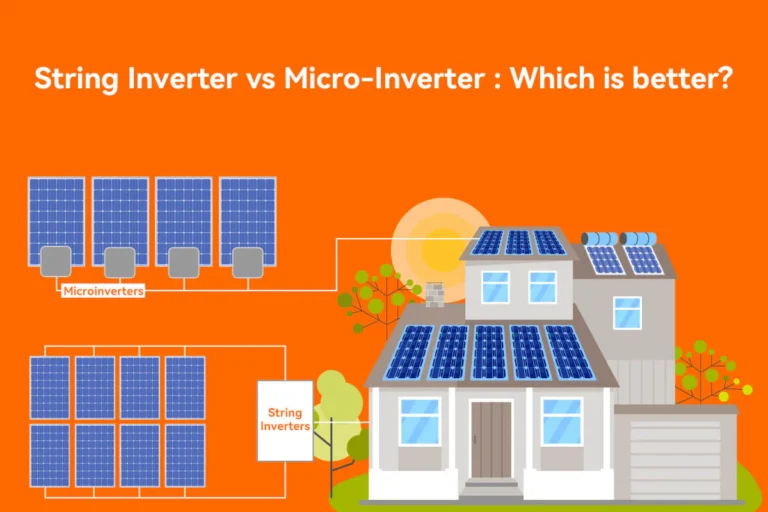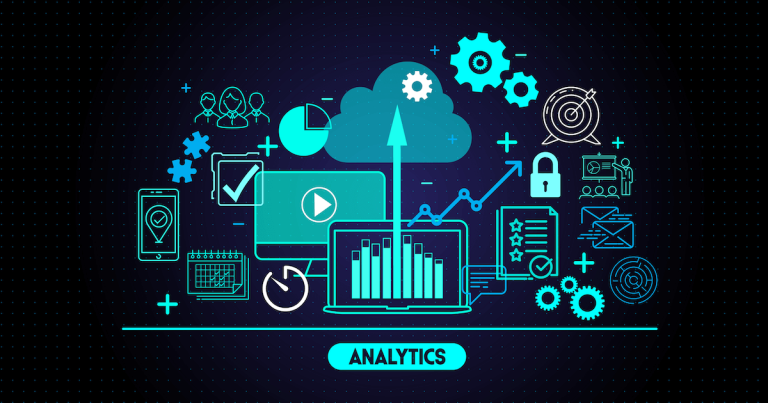Smart Cities and Renewable Energy Integration
The fusion of technology with environmental stewardship heralds a new era in urban development. Smart cities, leveraging innovative technologies, are not just about improving the quality of life for their inhabitants but also about redefining sustainability. This exploration delves into how these urban environments are integrating renewable energy to create a sustainable future, examining the transformative role of renewable energy, the innovative technologies driving this integration, and the broader implications for our global community.
The Tangible Benefits of Renewable Energy in Smart Cities
Renewable energy sources, such as solar and wind, are pivotal in the transition towards more sustainable urban environments. These clean energy sources offer a plethora of benefits, from reducing greenhouse gas emissions to fostering energy independence. In smart cities, the integration of renewable energy contributes significantly to economic growth by creating green jobs and attracting investments in sustainable technologies. Moreover, communities powered by renewable energy are more resilient, capable of withstanding and quickly recovering from adverse events, such as power outages and natural disasters.
Clare Naden, in discussing the role of smart homes within smart cities, highlights, “Households generate a significant proportion of greenhouse gas emissions. Smart technology represents a promising opportunity to bring those emissions down.” This insight underscores the importance of renewable energy in enhancing urban sustainability. By harnessing the power of the sun and wind, smart cities can significantly reduce their reliance on fossil fuels, mitigating the effects of climate change. This shift not only promotes environmental stewardship but also ensures a more secure and sustainable energy future.
Innovative Technologies and Their Role
The seamless integration of renewable energy into smart cities is facilitated by a suite of innovative technologies. Companies like Siemens and Schneider Electric are at the forefront of this revolution, developing solutions that not only support the adoption of renewable energy but also enhance its efficiency and reliability. These technologies range from advanced energy storage systems that ensure a steady supply of power, even when the sun isn’t shining or the wind isn’t blowing, to smart grids that optimise energy distribution and consumption.
Siemens’ smart infrastructure solutions are designed to make urban environments more sustainable, efficient, and livable. By integrating renewable energy sources into the urban fabric, Siemens is helping cities reduce their carbon footprint and move towards a more sustainable future. Their technologies not only support the generation of clean energy but also its efficient distribution and use, ensuring that urban dwellers can enjoy a high quality of life while minimising their environmental impact.

Schneider Electric Automating Energy Efficiency
Schneider Electric’s contributions to smart cities through energy management and automation solutions are pivotal in making urban environments more energy-efficient and sustainable. By automating energy consumption and integrating renewable energy sources, Schneider Electric is helping cities reduce their environmental footprint and embrace a greener future. Their energy management solutions are designed to optimise the use of resources, ensuring that energy is consumed in the most efficient way possible.
Furthermore, Schneider Electric’s commitment to innovation is evident in their approach to energy automation. Their solutions not only support the efficient use of energy but also empower urban residents and businesses to take control of their energy consumption. By providing real-time data and insights, Schneider Electric’s technologies enable smarter energy decisions, driving further reductions in carbon emissions and contributing to the overall sustainability of smart cities.
5B’s Maverick Technology in Action
Delving into the practical implementation of renewable energy technologies, the work of 5B, an Australian company, offers a compelling case study. Their 5B Maverick technology, a prefabricated, pre-wired ground mount solar array, exemplifies the innovative approaches being taken to accelerate the deployment of renewable energy. The 5B Maverick’s design allows for rapid installation by a small crew, significantly reducing the time and cost associated with traditional solar projects, while increasing safety.
5B’s approach to solar energy is transformative. By reimagining the design and construction of solar farms, they have introduced a solution that is not only faster, safer, and more cost-effective but also more reliable. The prefabrication of solar arrays in a controlled factory setting minimises the risks associated with on-site construction, ensuring higher quality and fewer issues post-installation. This method represents a significant advancement in the field of renewable energy, making solar power more accessible and appealing to a wider range of stakeholders.
Overcoming Challenges: A Realistic View
While the integration of renewable energy into smart cities offers numerous benefits, it is not without its challenges. Technological, financial, and regulatory hurdles can impede progress, making it essential to adopt a realistic view of the path forward. However, by addressing these challenges head-on and exploring potential solutions, we can continue to advance towards a more sustainable and resilient urban future.
Technological challenges, such as the intermittency of renewable energy sources and the need for advanced storage solutions, require ongoing innovation and investment. Financial barriers, including the initial costs of renewable energy projects and the need for supportive policy frameworks, must also be navigated. Regulatory hurdles, such as zoning laws and grid access issues, can further complicate the integration of renewable energy into urban environments. Despite these challenges, the potential benefits of renewable energy for smart cities are too significant to ignore.
A World of Innovation: Global Smart City Examples
The global landscape of smart cities offers a rich tapestry of examples, showcasing diverse approaches to renewable energy integration. From Europe to Asia, and from North America to Australia, cities are embracing innovative technologies and strategies to enhance sustainability and improve the quality of life for their residents. These examples provide valuable insights into the potential of renewable energy to transform urban environments around the world.
In Europe, cities like Copenhagen and Amsterdam are leading the way in renewable energy integration, leveraging wind and solar power to reduce their carbon footprints. In Asia, Singapore stands out for its commitment to sustainability, with ambitious plans to increase solar energy capacity and enhance energy efficiency. North American cities, such as San Francisco and Toronto, are also making strides in renewable energy adoption, driven by strong policy support and community engagement.
Looking Ahead: The Future of Urban Energy
As we look to the future, the integration of renewable energy into smart cities is poised to play an increasingly important role. Emerging trends, such as the rise of electric vehicles, the development of advanced energy storage solutions, and the proliferation of smart grids, are set to further transform the urban energy landscape. These innovations, coupled with evolving policy frameworks and public-private partnerships, will drive the transition to a more sustainable and resilient energy future.
Expert predictions suggest that the adoption of renewable energy in urban environments will continue to accelerate, driven by technological advancements and growing awareness of the need for sustainability. Ongoing research and development efforts are focused on overcoming the challenges of renewable energy integration, from improving energy storage technologies to enhancing grid flexibility. These efforts hold the promise of making renewable energy more accessible, reliable, and cost-effective for cities around the world.
A Call to Action for Sustainable Urban Living
Reflecting on the journey through the world of smart cities and renewable energy integration, it’s clear that the path to sustainability is both challenging and rewarding. The benefits of renewable energy for urban environments – from reducing carbon emissions to enhancing economic growth and community resilience – are too significant to ignore. As we look to the future, the role of innovative technologies and collaborative efforts in driving this transition cannot be overstated.
This exploration serves as a call to action for all of us to support renewable energy initiatives and stay informed about technological advancements. By embracing sustainability and advocating for the integration of renewable energy into urban planning, we can contribute to the creation of smarter, greener, and more livable cities. The journey towards sustainable urban living is a collective one, and each of us has a role to play in shaping the future of our urban environments.
In conclusion, the integration of renewable energy into smart cities represents a pivotal moment in our quest for sustainability. Through innovation, collaboration, and a commitment to environmental stewardship, we can transform urban living for the better. Let’s embrace this opportunity to create a more sustainable and resilient future for generations to come.
Stay in touch to get more updates & news on Discover Tribune!






